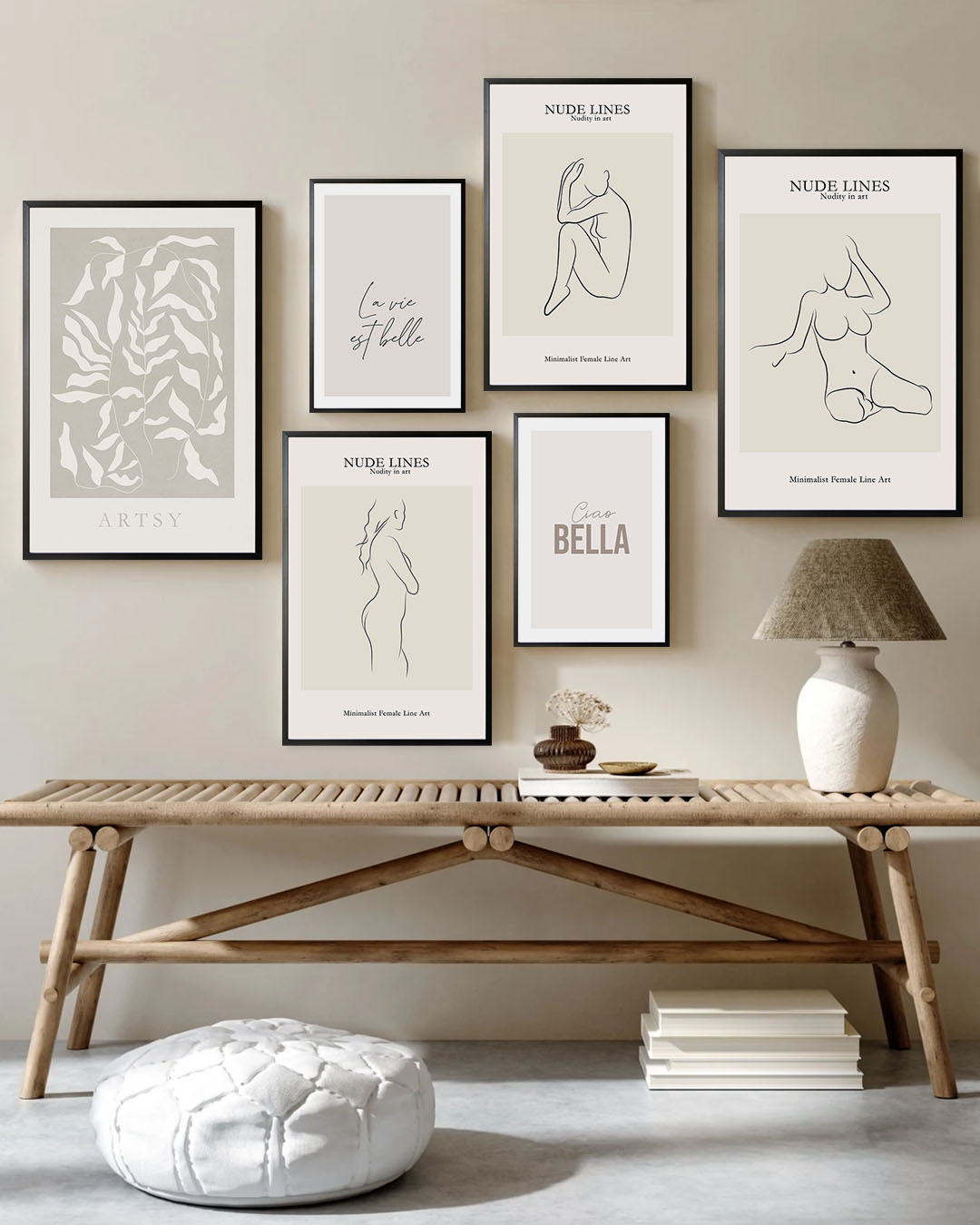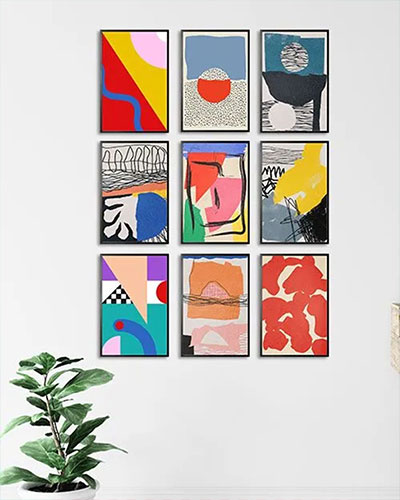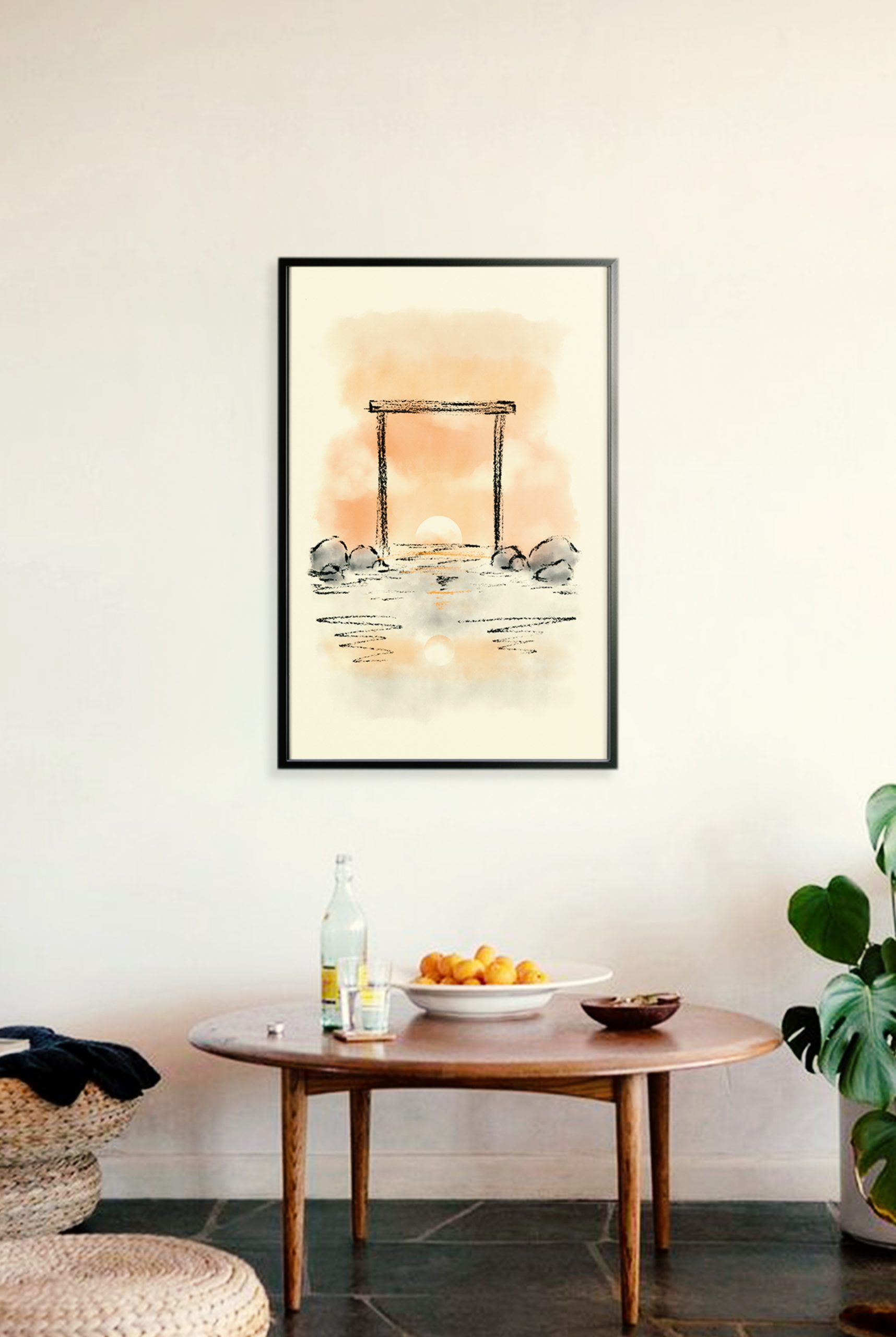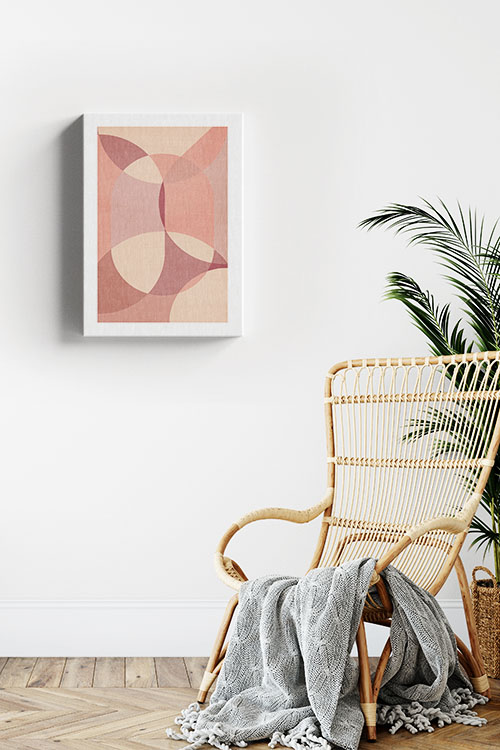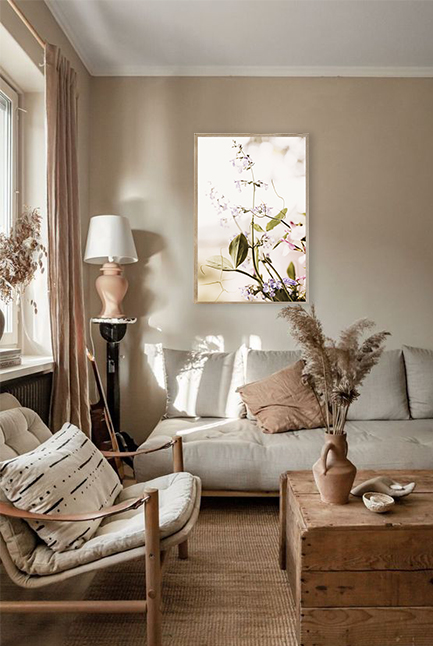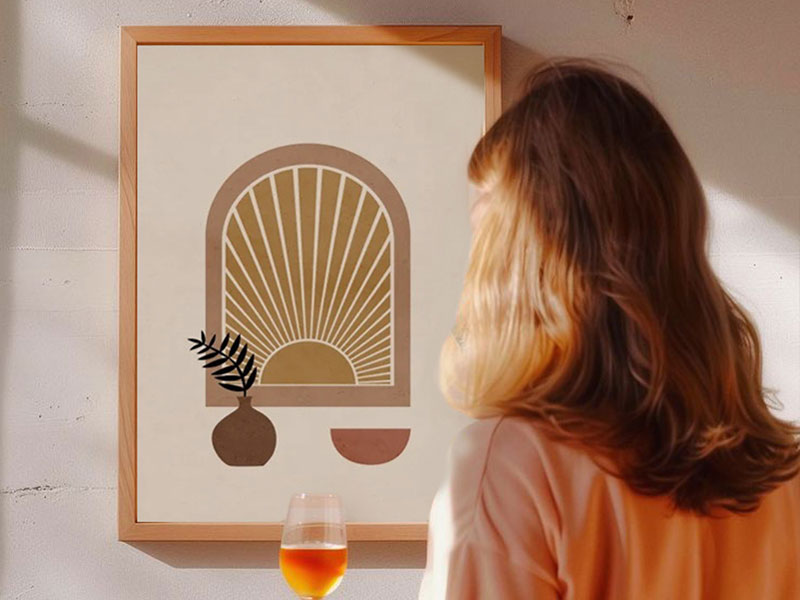
Creating a room focal point is a transformative process beyond arranging furniture. It’s about crafting a space that draws attention and defines the room’s atmosphere. A focal point serves as the visual anchor, guiding the eye and setting the tone for the entire space. Whether designing a cozy living room or a vibrant office, understanding how to create and enhance a focal point can empower you to transform your room into a captivating environment.
What are Focal Points?
A focal point is a central element in a room that immediately captures attention. It could be a large artwork, a statement piece of furniture, or a striking architectural feature like a bay window or a vaulted ceiling. The key is to choose or create something that naturally draws the eye and establishes a visual hierarchy within the room.
How to Choose the Right Focal Point?
When selecting a focal point, consider the room’s layout and purpose. For instance, a fireplace often serves as a traditional focal point in a living room, providing both visual interest and functional warmth. In a bedroom, a dramatic headboard or an accent wall can take center stage, while in a dining room, a grand chandelier or a prominent piece of artwork above a sideboard can command attention.
How to Create a Focal Point?
If your room lacks a natural focal point, you can create one. Here are some effective strategies:
Artwork and Mirrors
Large-scale paintings, photographs, or mirrors can instantly become focal points by drawing attention to their size, color, or frame. Placing them strategically on a prominent wall ensures they dominate the visual space.
Furniture Arrangement
Grouping furniture around a central piece, such as a coffee table with a unique design or a sculptural chair, can create a focal point that encourages conversation and social interaction.
Architectural Details
Highlight architectural features like exposed beams, decorative moldings, or an arched doorway with accent lighting or contrasting paint colors to emphasize their presence.
Lighting Fixtures
A statement light fixture, whether a chandelier, pendant, or a set of distinctive wall sconces, illuminates the room and serves as a focal point that enhances the ambiance.
How to Enhance the Focal Point?
Once you have established a focal point, enhance its impact with complementary elements:
Color and Texture
Use contrasting colors or textures around the focal point to make it stand out. For example, vibrant throw pillows on a neutral sofa can highlight a colorful painting above. This use of color and texture can inspire you to create a focal point that truly reflects your style and enhances the room’s atmosphere.
Symmetry and Balance
Arrange furniture symmetrically around the focal point to create a sense of balance and harmony. This balanced arrangement can reassure you that your focal point is enhancing the overall atmosphere and functionality of the room.
Layering
Incorporate layers of decor, such as plants, decorative objects, or additional lighting, around the focal point to add depth and visual interest.
In a Nutshell
Creating a room focal point is about more than aesthetics. It is about crafting a space that feels inviting and harmonious. Whether you choose to highlight existing features or create new ones, the key is to ensure that your focal point enhances the overall atmosphere and functionality of the room. By carefully selecting and enhancing a focal point, you can transform any space into a captivating and cohesive environment that reflects your style and enhances your everyday living experience.





